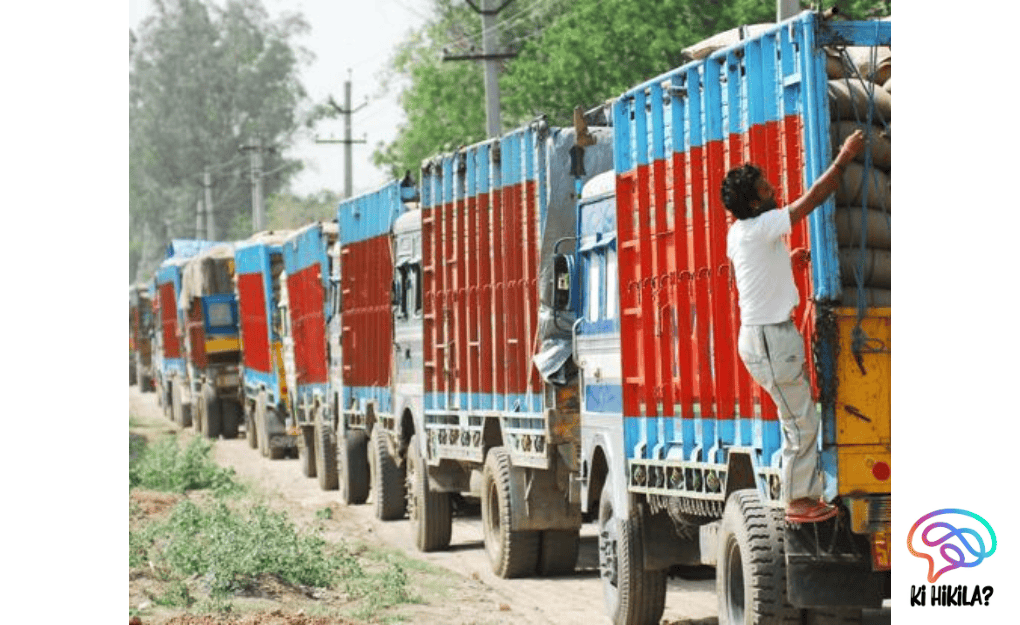The Apna Ghar Initiative is a landmark programme launched by the Government of India to enhance the safety, hygiene, and overall well-being of truck drivers, who are often the unsung heroes of the nation’s supply chain. Introduced by the Ministry of Petroleum and Natural Gas, this welfare-oriented scheme provides truck drivers with clean, secure, and accessible rest areas across the country’s highway network. As of July 1, 2025, a total of 368 Apna Ghar units with over 4,600 beds have been set up by Public Sector Oil Marketing Companies (OMCs) at major fuel stations nationwide.
Addressing a Long-Ignored Need
Long-distance truck drivers in India routinely face inadequate facilities during their journeys. With very few clean restrooms, safe parking spots, or hygienic sleeping areas, many suffer from chronic health issues, fatigue-related accidents, and stress. Recognising these challenges, the government introduced the Apna Ghar Initiative to provide structured, dignified rest zones that allow drivers to take essential breaks in a safe and clean environment.
The need for such an initiative became even more apparent in the post-pandemic era, where sanitation and health standards have taken on greater importance. The initiative aligns with broader national priorities of road safety, health security, and inclusive development.
Facilities and Services Offered
Each Apna Ghar unit offers a wide array of services designed to meet the basic needs of truckers. The facilities include:
- Dormitory-style accommodation with a total of 4,611 beds.
- Clean, separate toilet and bathing facilities, maintained daily to ensure hygiene.
- Safe drinking water and rest areas with adequate lighting and ventilation.
- Access to on-site restaurants or dhabas, and in some cases, self-cooking areas for drivers preferring to prepare their own meals.
- Charging points for phones and devices.
- Designated vehicle parking spaces, monitored for security.
These amenities allow drivers to rest, refresh, and resume their journeys safely. This comfort not only benefits the driver but also enhances road safety for all users.
Wide Coverage and Rapid Expansion
The Apna Ghar Initiative is being implemented through partnerships with Public Sector Oil Marketing Companies like Indian Oil, Bharat Petroleum, and Hindustan Petroleum. These units are strategically established at retail fuel outlets located on national and state highways, particularly on routes connecting major industrial, agricultural, and urban hubs.
By mid-2025, 368 units have become operational across various states, providing much-needed support to lakhs of drivers. The rapid expansion is part of a government push to ensure last-mile coverage, reaching even remote highways that previously lacked basic infrastructure.
Digital Integration and User-Friendly Access
In tune with India’s Digital India vision, the Apna Ghar Initiative includes a mobile application that enhances accessibility and user convenience. Drivers can:
- Locate the nearest Apna Ghar facility
- Check availability of beds
- Book accommodation in advance
- Provide feedback and suggestions
The app has received positive responses, with thousands of downloads and registrations from truckers nationwide. Many users report that they feel more valued and secure thanks to the initiative and the ease of accessing services through technology.
Government Commitment and Future Prospects
The Apna Ghar Initiative reflects a deeper government commitment to transforming the lives of India’s frontline logistics workers. The Ministry of Petroleum and Natural Gas has emphasized that these rest areas are not merely shelters but symbols of dignity, recognition, and support for a profession that forms the backbone of economic logistics.
Union Minister Hardeep Singh Puri, in a recent statement, highlighted that “truck drivers are vital to India’s economy, and it is our responsibility to ensure they drive safely, rest comfortably, and live with dignity.”
Moving forward, the government plans to increase the number of units, enhance app-based services, and introduce medical check-up kiosks, counselling services, and educational resources at select Apna Ghar locations.
Conclusion
The Apna Ghar Initiative marks a major shift in how India addresses the well-being of its truck drivers. By providing hygienic resting spaces, leveraging technology, and prioritizing safety, the initiative is creating a more humane and sustainable environment for the transport sector.
This model can also serve as a global example of how infrastructure, technology, and welfare can come together to uplift a critical workforce segment. As India continues to expand its highways and logistics capacities, ensuring the health and dignity of truck drivers through initiatives like Apna Ghar will be crucial in building a stronger, more resilient supply chain.



